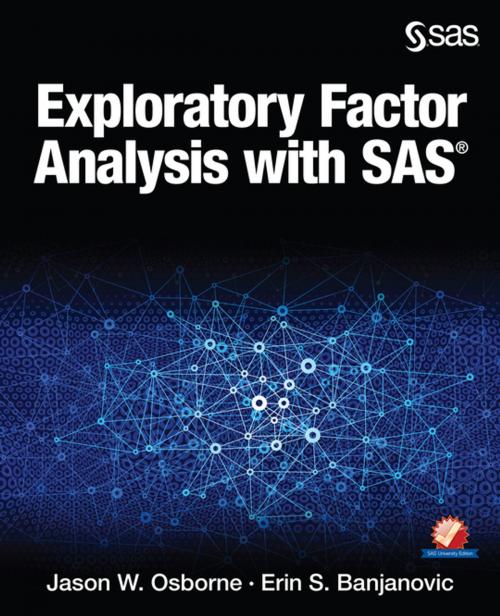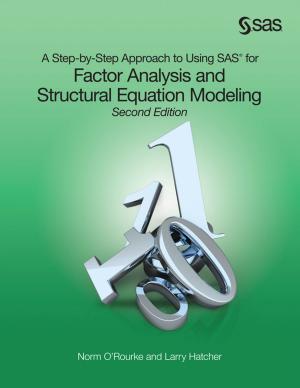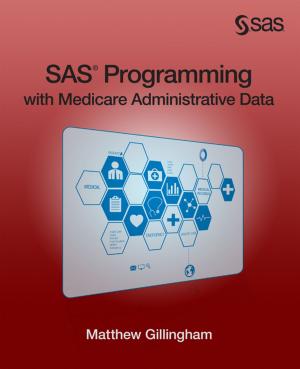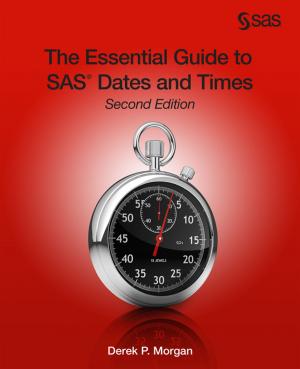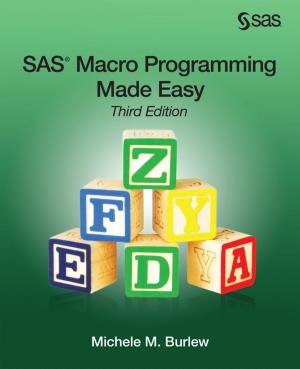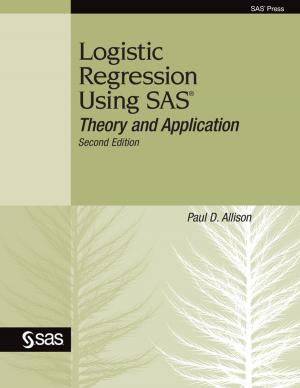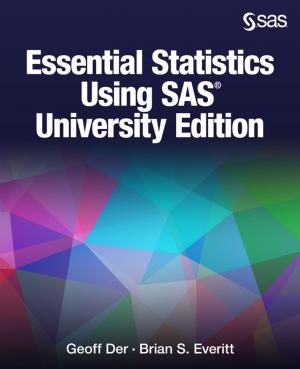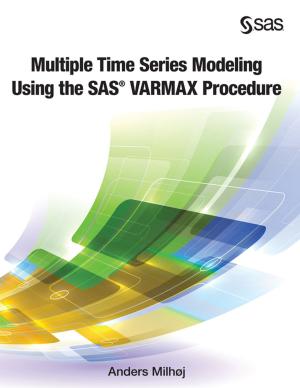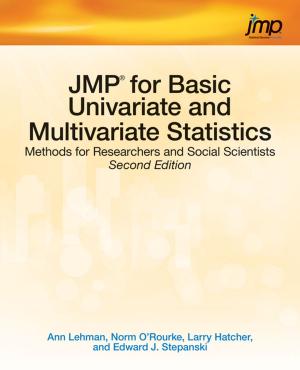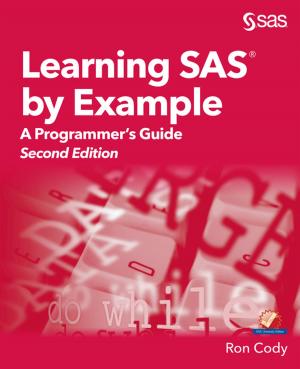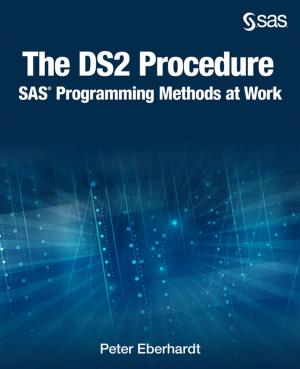| Author: | Jason W. Osborne, Erin S. Banjanovic | ISBN: | 9781629602417 |
| Publisher: | SAS Institute | Publication: | March 28, 2016 |
| Imprint: | SAS Institute | Language: | English |
| Author: | Jason W. Osborne, Erin S. Banjanovic |
| ISBN: | 9781629602417 |
| Publisher: | SAS Institute |
| Publication: | March 28, 2016 |
| Imprint: | SAS Institute |
| Language: | English |
Explore the mysteries of Exploratory Factor Analysis (EFA) with SAS with an applied and user-friendly approach. Exploratory Factor Analysis with SAS focuses solely on EFA, presenting a thorough and modern treatise on the different options, in accessible language targeted to the practicing statistician or researcher. This book provides real-world examples using real data, guidance for implementing best practices in the context of SAS, interpretation of results for end users, and it provides resources on the book's author page. Faculty teaching with this book can utilize these resources for their classes, and individual users can learn at their own pace, reinforcing their comprehension as they go. Exploratory Factor Analysis with SAS reviews each of the major steps in EFA: data cleaning, extraction, rotation, interpretation, and replication. The last step, replication, is discussed less frequently in the context of EFA but, as we show, the results are of considerable use. Finally, two other practices that are commonly applied in EFA, estimation of factor scores and higher-order factors, are reviewed. Best practices are highlighted throughout the chapters. A rudimentary working knowledge of SAS is required but no familiarity with EFA or with the SAS routines that are related to EFA is assumed. Using SAS University Edition? You can use the code and data sets provided with this book. This helpful link will get you started: http://support.sas.com/publishing/import_ue.data.html
Explore the mysteries of Exploratory Factor Analysis (EFA) with SAS with an applied and user-friendly approach. Exploratory Factor Analysis with SAS focuses solely on EFA, presenting a thorough and modern treatise on the different options, in accessible language targeted to the practicing statistician or researcher. This book provides real-world examples using real data, guidance for implementing best practices in the context of SAS, interpretation of results for end users, and it provides resources on the book's author page. Faculty teaching with this book can utilize these resources for their classes, and individual users can learn at their own pace, reinforcing their comprehension as they go. Exploratory Factor Analysis with SAS reviews each of the major steps in EFA: data cleaning, extraction, rotation, interpretation, and replication. The last step, replication, is discussed less frequently in the context of EFA but, as we show, the results are of considerable use. Finally, two other practices that are commonly applied in EFA, estimation of factor scores and higher-order factors, are reviewed. Best practices are highlighted throughout the chapters. A rudimentary working knowledge of SAS is required but no familiarity with EFA or with the SAS routines that are related to EFA is assumed. Using SAS University Edition? You can use the code and data sets provided with this book. This helpful link will get you started: http://support.sas.com/publishing/import_ue.data.html
